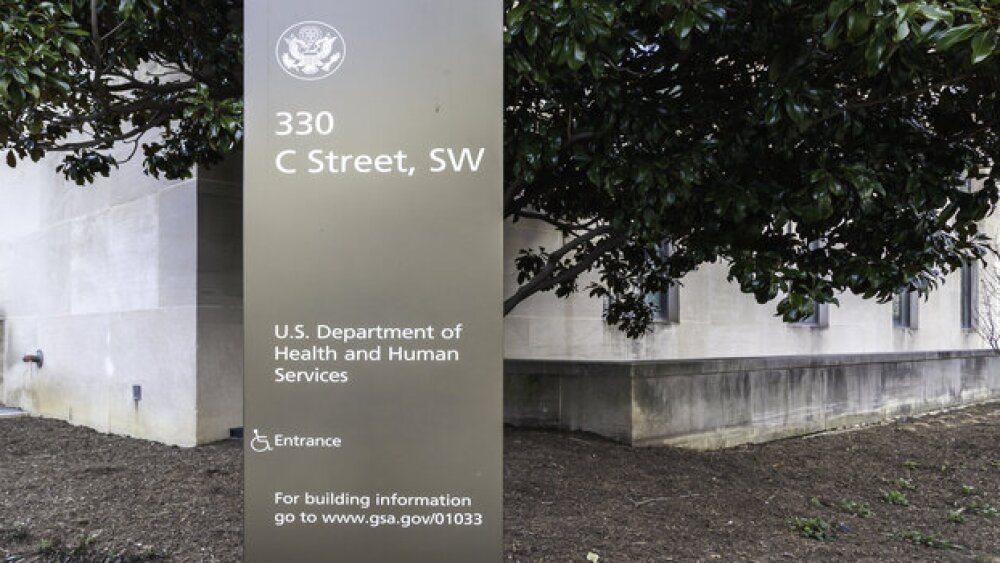PwC recently came out with the latest version of their annual R&D spending report, and while there is a lot of interesting information to digest in this report, there are a few companies in particular that stand out within the field of biotechnology.
The biotech industry is an ever-changing and evolving one. Companies need to invest a good portion of their budget into research and development if they wish to stay competitive. PwC recently came out with the latest version of their annual R&D spending report, and while there is a lot of interesting information to digest in this report, there are a few companies in particular that stand out in the field of biotechnology.
1. Roche
Having spent $11.8 billion in 2017 and now $10.8 billion in 2018, Roche takes the number one spot in the report for pharmaceutical and biotechnology companies. This heavy investment into research and development would appear to be paying off, as well.
Roche recently launched the first IVD pan-TRK immunohistochemistry assay, which is an in vitro diagnostic that will be used for analytical studies. It is capable of detecting tropomyosin receptor kinase (TRK) proteins in cancer. It is designed to measure the prevalence of TRK in tumor tissue and identify both wild-type and chimeric fusion proteins.
There are some kinds of rare cancers that are largely defined by TRK proteins, such as juvenile breast cancer and infantile fibrosarcoma, and this assay holds a lot of promise for aiding researchers who are studying cancers such as these.
The company that spent the second-most amount of money on R&D in 2018 was Johnson & Johnson with $10.6 billion, up from the $9.1 billion they spent in 2017, an increase of $1.5 billion. In comparison, their revenue has gone up by $4.6 billion over this same time span.
One example of their R&D products is the HELIOSTAR Multi-electrode Radiofrequency Balloon Ablation Catheter, which has recently been used to treat an atrial fibrillation patient in a clinical study. The device has 10 electrodes and is capable of achieving pulmonary vein isolation with one application of RF energy.
“This new balloon catheter is unique because it conforms to any pulmonary vein anatomy and allows me to control electrodes individually to deliver tailored energy when ablating around pulmonary veins,” said Dr. Rodney Horton, who is one of the cardiac electrophysiologists working on the study.
With an R&D budget of $10.2 billion in 2018, Merck takes the third place in the report. Notably, out of the top five biotech companies in this report, Merck had the highest R&D intensity (R&D expenditure as a percentage of revenue) at 25.4%.
This level of focus into R&D has had many benefits for Merck, as they have had numerous accomplishments regarding the development of new treatments. Recently, Merck began filing in the US for their Ebola vaccine that was given Breakthrough Therapy Designation by the FDA in 2016, and which Merck hopes will be able to help combat breakouts of Zaire ebolavirus.
Their Ebola vaccine is only one of Merck’s new treatments that have recently achieved some progress towards making it to market. The FDA also gave Merck approval for their PD-1 inhibitor Keytruda as a treatment for hepatocellular carcinoma. Blockbuster drug Keytruda has already been shown to be more effective than chemotherapy in some types of cancer, such as esophageal cancer.
4. Novartis
Coming in at number four, Novartis invested $8.5 billion in 2018, which is $1.1 billion less than what it was the year prior. Even though they are spending less on R&D than in 2017, Novartis is still making great strides in developing new treatments. Most recently, their treatment for B-cell acute lymphoblastic leukemia, marketed as Kymriah, has shown a durable effect in blood cancer studies.
However, Novartis has recently decided to reevaluate their R&D pipeline, resulting in the abandonment of approximately 20% of their research projects, focusing on what they consider to be their core of treatments. It remains to be seen how this will pay off for them in 2019.
5. Pfizer
Finally, taking the fifth spot in the report is Pfizer with an R&D budget of $7.7 billion. This was down slightly from their 2017 budget of $7.9 billion.
Like the other companies mentioned in the report, Pfizer has plenty of new things coming down their R&D pipeline. Recently, Pfizer has received FDA approval for their acute myeloid leukemia (AML) treatment. This treatment, marketed as DAURISMO, has shown positive results when paired with low-dose chemotherapy and is intended for patients who are not able to undergo intensive chemotherapy. It is also being studied for its use in combination with other common therapies for treating AML.
How will each of these companies fare in 2019? Will their investments in R&D pay off? Stay in the know by subscribing to BioSpace email newsletters.





